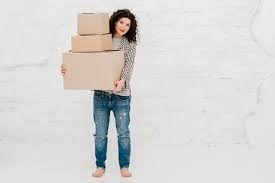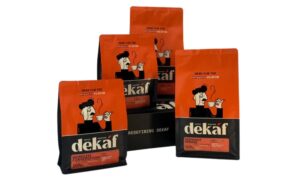When you’re planning to put your belongings into storage, packing correctly makes all the difference. While short-term storage might only require basic protection, long-term storage demands a more careful approach to keep items safe from dust, temperature shifts, and accidental damage. Knowing how to pack correctly can save you time, money, and stress, whether you’re saving household items before you move, keeping seasonal items out of the way, or just making more room. Facilities like McDowell Mountain Community Storage – A Scottsdale Storage Facility provide secure units, but how you pack before you place items in storage is equally important.
Choose the Right Boxes and Containers
Not all boxes are created equal. For long-term storage, invest in sturdy, uniform-sized boxes that can be stacked without collapsing. Avoid using worn or grocery-store boxes, which may not withstand weight or humidity. Clear plastic bins with tight lids are another excellent option for preventing dust, pests, and moisture from damaging your belongings. Be sure to label every box on multiple sides for easy identification later.
Wrap and Cushion Fragile Items
Fragile items like dishes, glassware, and electronics need extra attention. Use bubble wrap or packing paper to carefully wrap each item. Don’t use a newspaper because the ink can leave stains. Use packing peanuts, towels, or foam inserts to cushion the bottoms and sides of boxes so they don’t move around much while they’re being moved or stored. Putting heavy things at the bottom and lighter things on top will make it less likely that something will break.
Disassemble Large Furniture
Furniture often takes up significant space and is prone to scratches, dents, and warping if stored improperly. Whenever possible, disassemble large items such as bed frames, tables, or bookshelves before storing them. Wrap wooden surfaces in moving blankets or furniture pads, and store screws, bolts, and other hardware in labeled bags taped securely to the corresponding furniture. This not only protects your furniture but also maximizes the use of storage unit space.
Protect Against Moisture and Dust
Even in a clean, secure unit, long-term storage can expose your belongings to dust and fluctuating humidity. Use moisture absorbers like silica gel packs or desiccant pouches inside boxes to reduce the risk of mold or mildew. Dust covers, plastic sheeting, or fitted furniture bags are great for keeping larger items clean. For clothing and fabrics, consider vacuum-sealed bags, which both reduce bulk and block moisture.
Store Electronics and Appliances with Care
Electronics and appliances are particularly sensitive to storage conditions. Before storing, clean and dry appliances thoroughly to prevent mold. Place electronics in their original packaging if available, or use padded boxes with anti-static wrap. To keep gadgets safe from leaks or condensation, don’t store them directly on the floor. Instead, put them on shelves or pallets.
Organize for Accessibility
How you arrange items in your storage unit also matters. Create a layout plan that prioritizes accessibility. Keep frequently used items at the front and fragile items in secure, elevated positions. Leave small walkways between stacks of boxes so you can reach items without disturbing the entire setup. This level of organization ensures you won’t need to rummage through boxes and risk damage later.
Label and Inventory Everything
Long-term storage can easily lead to forgotten contents. To avoid confusion, maintain a detailed inventory list of everything you’ve packed. Number your boxes and match them to the list for easy reference. To keep gadgets safe from leaks or condensation, don’t store them directly on the floor. Instead, put them on shelves or pallets.
Final Thoughts
Long-term storage is more than just placing your belongings in a unit—it’s about preparing them for months or even years of safekeeping. Using the right packing materials, organizing strategically, and protecting against dust and moisture are key steps to ensuring your valuables come out of storage in the same condition they went in. You can be sure that your things are safe, secure, and well-protected if you plan ahead and use a reputable storage facility like McDowell Mountain Community Storage – A Scottsdale Storage Facility.





























